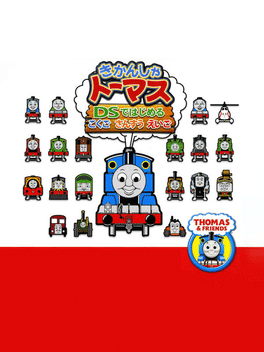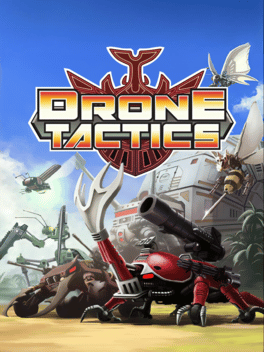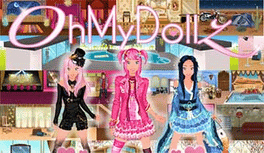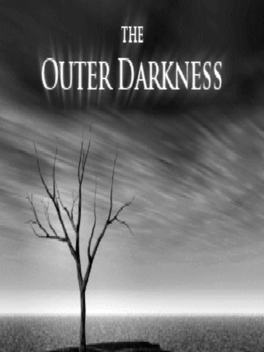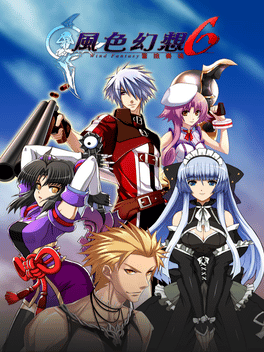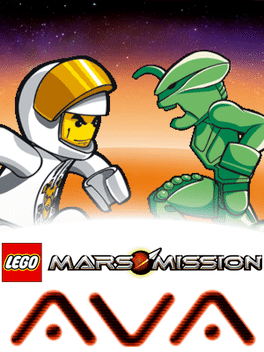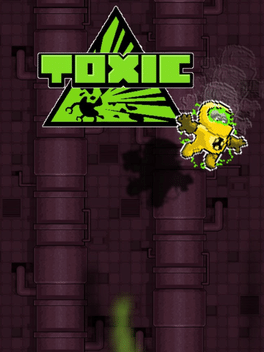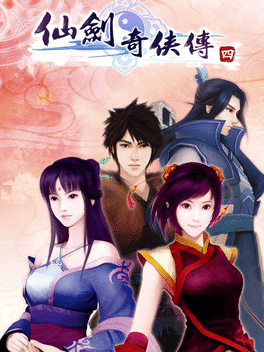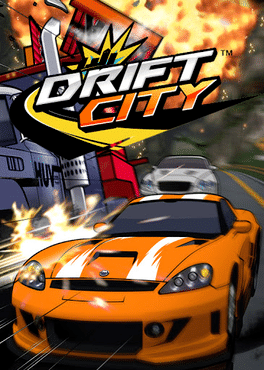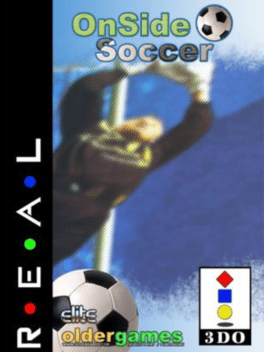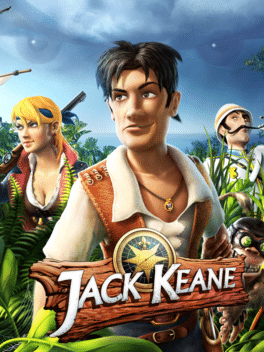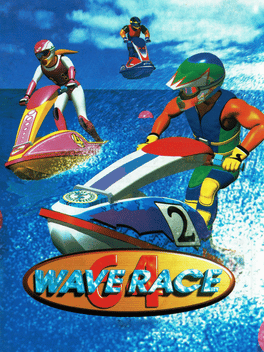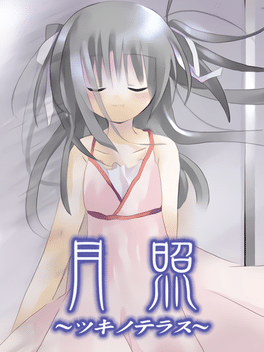New Games - Page 10090
-
Kikansha Thomas: DS de Hajimeru Kokugo Sansuu Eigo
2007
Kikansha Thomas: DS de Hajimeru Kokugo Sansuu Eigo is an edutainment game where the player can learn Japanese, arithmetic and English. -
Blast Factor: Advanced Research
2007
The Blast Factor game must first be purchased and downloaded in order to access the Multiplayer Pack. The fierce microbial war against deadly viral swarms continues in the Blast Factor Advanced Research Add-on Pack. Players immerse themselves in a true High Definition (HD) microscopic world running at 1080p with seven new specimens, 11 new enemies, seven new bosses and seven new high-adrenaline music tracks. The Blast Factor Advanced Research Add-on Pack delivers a visually thrilling and fun shooter experience as gamers use a combination of techniques to advance their way through each specimen, blasting waves of enemies every step of the way. -
Drone Tactics
2007
Drone Tactics
2007
star 5.8Transported to an alien world, you find yourself in the middle of a great conflict. An army of evil Drones is on the march, threatening to obliterate the land of Cimexus. Its inhabitants now turn to you to lead them in battle against the Black Swarm. Each level offers new challenges, and taking full advantage of each Drone's unique specialties will be the difference between success and defeat! -
Endless Ocean
2007
Endless Ocean
2007
star 7.5Endless Ocean is a game based on the exploration of an underwater world. The main focus of the game is exploring the game world and cataloguing the various species of animals found there. -
Ohmydollz
2007
Ohmydollz
2007
Join the best on-line girl community. Play a fashion and decoration game! And make tons of new friends! -
The Outer Darkness
2007
The Outer Darkness
2007
This map is heavily inspired by Episode 4 of The Ultimate Doom, especially E4M1 and E4M6. It was originally made for a project called The Ninth Gate that never saw the light of day. -
Fengse Huanxiang 6
2007
-
Spyglass Board Games
2007
Spyglass Board Games
2007
Play with a friend on Xbox LIVE, or play against the computer. Use the Xbox Live Vision camera to personalize the game board, playing pieces, and video effects. Each game has custom pieces to choose from, such as a rook made of stone or a furry checkers piece. And you can customize the look with textures like marble, silver, and gel. Make each game your very own! -
Toxic
2007
-
The Legend of Sword and Fairy 4
2007
The Legend of Sword and Fairy 4 is an action role-playing game developed by Softstar Technology (Shanghai) Co., Ltd.. It is the fifth installment in The Legend of Sword and Fairy (or Chinese Paladin) video game series, and serves as a prequel to the third game. The game incorporates elements of wuxia, shenmo and fantasy. -
Drift City
2007
Drift City
2007
Developed by NHN Games Corporation, Drift City is a free to play arcade style racer available on ijji.com for North American users. It opts out of a realistic look for a more stylized cell shaded look. -
HellSinker
2007
HellSinker
2007
star 7A legendary SHMUP influential to the best makers in the genre, Hellsinker is now available on steam in its most advanced form! Gameplay, story, graphics, and even music all united into one cohesive and highly dimensional Shoot-em-up! -
CaveMan Rock
2007
CaveMan Rock
2007
Caveman Rock was a puzzle game designed for PlayStation 2, Wii, Nintendo DS, and PC. Only the PS2 version was ever released. This prehistory themed game is easily described as Bust-A-Move or Puzzle Bubble, but upside down. Instead of popping bubbles by shooting the colored bubbles upwards, you destroy rising rocks by dropping down the colored rocks. You can also earn money that can be used to upgrade your companions that can help you along the way. -
Onside Soccer
2007
Onside Soccer
2007
Complete Onside Soccer is a football simulation game programmed by Elite Systems and published by Telstar Electronic Studios for the PlayStation and Windows. It was released in 1996 in Europe and 1998 in Japan. It is one of the several games featured by Peter Schmeichel, like Peter Schmeichel Soccer or Soccer Superstars Peter Schmeiche This is a version of Onside Soccer developed for the 3DO Interactive Multiplayer, which was released in 2007 by OlderGames as a kind of an experiment. -
Akinator
2007
Akinator
2007
star 5.4Akinator, the Web Genie (formerly Akinator, the web Genius) is an internet game and mobile app based on Twenty Questions that attempts to determine which character the player is thinking of by asking them a series of questions. It is an artificial intelligence program that can find and learn the best questions to ask the player. Created by three French programmers in 2007, it became popular worldwide in November 2008, according to Google Trends. In Europe popularity peak was reached in 2009 and Japan in 2010 with the launch of mobile apps by French mobile company SCIMOB, reaching highest ranks on app store . While playing "Akinator", questions are asked by a cartoon genie. -
Jack Keane
2007
Jack Keane
2007
star 6.1Colonial England. Under a certain amount of duress... Jack takes on a job, which will not only cause him a great deal of trouble, but also bring to light the answer to a mystery out of his distant past. A lack of money leads Jack to accept a charter to take a British secret agent to mysterious 'Tooth Island'. When Jack's ship shatters on the mysterious island's cliffs on arrival and the secret agent quickly becomes a meal for a monster in the jungle, Jack is soon left to cope with the situation on his own. Tooth Island is ruled by the strange Doctor T, who is cultivating man-eating plants and has his own dastardly plans for the British Empire. And why does he seem to know Jack, who can't remember ever having been on Tooth Island? What are Doctor T's plans? And what does he know about Jack's past? And then there's the young and naive Amanda, who is filled by an almost fanatical drive to prove her worth. In the beginning the young lady is employed by Doctor T, and part of her task is to track Jack down and take him -
Wave Race 64
2007
Wave Race 64
2007
Wave Race 64 was first released as a licensed game, with in-game sponsorship by Kawasaki Jet Ski. When the game was released for the Wii Virtual Console, every mention of Kawasaki was replaced by Nintendo-related images. -
Moonshine
2007
Moonshine
2007
This is the story of the unnamed protagonist — who finds himself suddenly without a means to support himself due to factors completely outside his control. This is the story of an entire generation — that finds itself attempting to navigate the treacherous abyss that lies in between childhood and true adulthood. This is the story of a nation — that finds itself struggling to come to terms with a lost decade and a rapidly-changing social climate. This is a story of these things and more. This is a story of us all.

